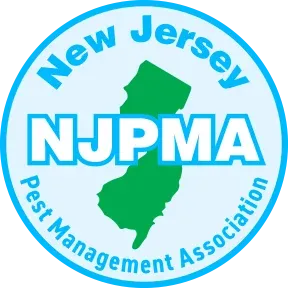Things to know about Flies:
All flies have an egg, larva (maggot), pupa, and adult stage in life cycle. They are scavengers in nature and capable of transmitting diseases to man.
In warmer months can produce a generation in less than 2 weeks.
- Eggs are laid in any type of warm organic material.
- Eggs hatch within 24 hours
- In 4-6 days the larvae migrate to drier portions of breeding medium and pupate.
- Pupal stage varies but is about 3 days.
- House fly can go through entire life cycle in 6-10 days, can live an average of 30 days.
Stable Fly or Dog Fly
- Primarily attack animals but can bite man
- Can fly up to 70 miles from breeding sites
Flesh Flies
- Scavenger species feeds on carrion or meat scraps in garbage
- Can breed in dead rodents and birds in attics or wall voids of houses.
Blow Flies and Bottle Flies
- Can breed in dead rodents and birds in attics or wall voids of houses.
- Garbage cans have been known to produce 30,000 blow flies in one week.
Hump-Backed Flies
- Breed in decaying vegetation, animal debris, garbage, an in ant and termite nests.
Filter Flies or Moth Flies
- Breed in decomposing organic matter such as plant litter, garbage, sewage, around kitchen or bathroom sinks and water traps.
Vinegar (Fruit) Fly
- Breed in fruit, dirty garbage containers, or slime in drains feeding on yeasts.
- Attracted to fruit, vegetables and soda bottles and cans.
Sanitation is the best method of control
- Do not let garbage accumulate, make sure garbage cans have sound bottoms and tight fitting lids.
- Good fitting screens on windows and doors prevent flies from entering homes.







